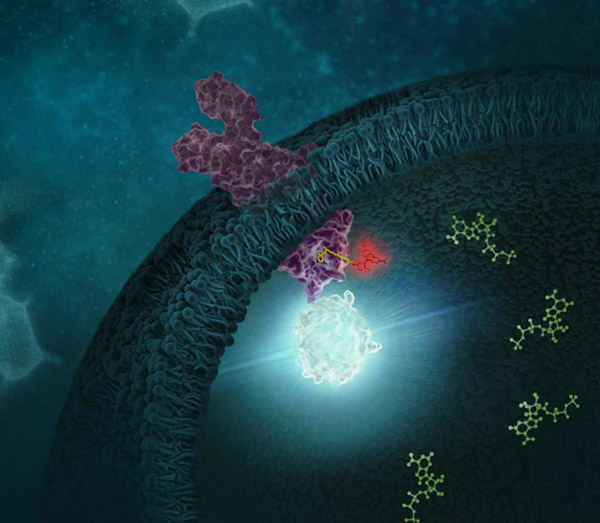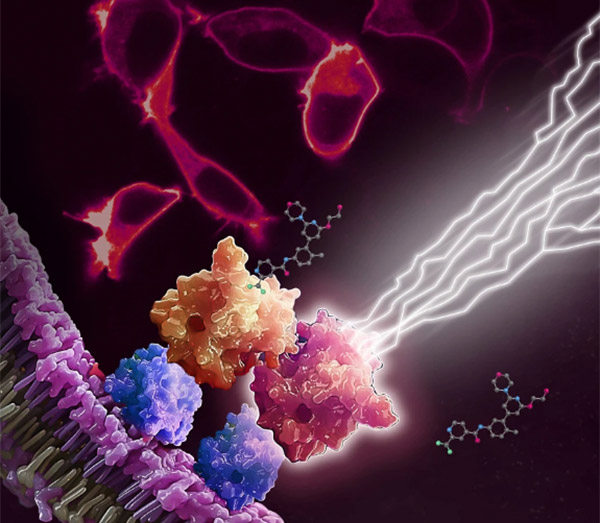RAS-RAF Pathway Assays
The RAS-RAF pathway is one of the most heavily mutated pathways in cancers, making this pathway an attractive target for drug development. Here you can find assays to probe the binding and activity of compounds against the components of this pathway.
Filter By
Showing 2 of 2 Products
RAS-RAF Pathway Overview
The RAS-RAF-MAPK pathway plays a central role in regulating cell growth, survival and differentiation. Various cancers can exhibit abnormalities in this pathway, making it an important target for oncology therapeutics. Drugs that inhibit components of the RAS-RAF pathway—BRAF, MEK and ERK inhibitors—have shown effectiveness in treating malignancies with specific genetic alterations. More recently, KRAS, which was previously thought to be “undruggable”, was shown to be a viable target for drug development with the discovery of inhibitors for KRAS(G12C). Drugs targeting other hotspot mutations in KRAS are also in development. However, the efficacy of these initial drugs may be limited by the development of resistance. Additional research in this pathway is needed to better understand the molecular mechanisms regulating this pathway and identify novel strategies that can effectively target the RAS-RAF pathway.
Methods to interrogate the RAS-RAF pathway come in many forms. The direct engagement of compounds to targets in the RAS-RAF pathway can be quantified in live cells using NanoBRET® Target Engagement Assays. The components of the RAS-RAF pathway often form protein complexes to initiate or in response to pathway activation. Protein:protein interaction assays can measure the effect of compounds on the formation of key protein complexes in the RAS-RAF pathway in live cells or between purified proteins. As the signaling cascade of the pathway is mediated by kinases, kinase activity assays like the ADP-Glo™ Kinase Assay can be used to screen and characterize inhibitors in biochemical assays using purified kinases. Cellular activity of the kinases can be assessed by detecting the phosphorylation of the kinase substrates using immunoassays, such as the Lumit™ Immunoassay Cellular Systems.



